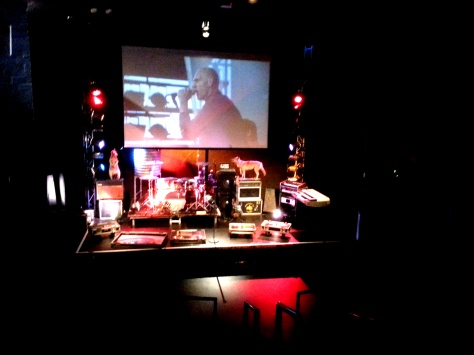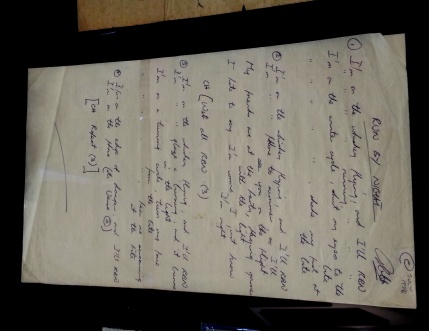Margot Robbie (I, Tonya) is up against it for the Academy Award nominations for 2018 – Meryl Streep (The Post), Sally Hawkins (The Shape of Water), Saoirse Ronan (Ladybird) and Frances McDormand (Three Billboards outside Ebbing, Missouri) are the other nominees. All are worthy nominees, and as they say, being nominated is the honour.
I have only seen I, Tonya and Three Billboards to date, and am struck by some similarities in the character depictions of the main female characters.
Poor white women doing low paid jobs with no chance of an education, suffering serious and ongoing domestic violence (isn’t it all serious?). Their lives are affected by poorly educated white men whose portrayed stupidity and delusions of grandeur just get in the women’s way, and there’s no path around these men whose power is greater. With dreadful consequences.
I, Tonya is the more successful movie of the two – despite the story being truly unbelievable. Developed as a script based on what might have occurred in real life (the opening intros are reliant on the Fargo-esque believe it if you can style) when Tonya Harding was at the top of the US ice-skating mountain, it hangs together far better than Three Billboards. McDormand carries that film with her portrayal of Mildred’s anger and grief, and we want her to get to where she needs to go – through the grief’s fire to acceptance. She almost makes it there by the end of the film, and that’s enough. But the supporting characters are somewhat sketchy, especially the female “ditzes”; and the Jason Dixon (Sam Rockwell) character is just too dumb for words. Has he really only survived so long due to the Sheriff’s patronage?
This lack of worldliness and the insular nature of poor-town US is the theme that stood out most for me in these two films. When the FBI agent is questioning Jason in Three Billboards, and trying to let him know some details about a suspect, without betraying operational information, Jason’s lack of knowledge of US foreign policy shines through. Similarly, Shawn in I,Tonya lives in an imaginary world that allows him to hatch a plot and roll it out – as mind-boggling as it is – under the radar. How did they think he would get away with any of it? Too many episodes of #nameyourcopshow. And yet, they do get away with it – with dreadful consequences for Nancy Kerrigan, the skater supposedly in Harding’s way to glory and a gold Olympic medal.
The real villain in I, Tonya is of course her mother, played stunningly by Alison Janney – all angles and sharp edges to match her tongue and even more cold anger, burning away inside. She reminds me of the buzzards that hang around in old Wiley-Coyote films, watching, waiting for the coyote to fail. But of course her machinations are what has put Tonya in this position in the first place, and if her mean-ness was anything like what is portrayed in the film, it’s no wonder that Tonya was desperate in her desire to prove them all wrong.
Injustice is the other obvious theme – Tonya asks a skating judge why the competition can’t just be about the skating; and the sense of injustice that Mildred feels when the crime against her daughter remains unsolved is what drives her rage, as well as her own guilt, whether justified or not.
(It’s interesting to compare wild-life officer Corey Lambert’s (Jeremy Renner) seeming sense of acceptance in Wind River, another US film about unsolved violence set in the context of crimes against First Nations women – many of whom are not accounted for in community records so the numbers of those crimes are under-reported.
What do the Academy of Motion Picture Arts and Sciences’ members look for in a best actress performance: an emotional response to the character? Consistency? Physicality? A sense of being inside the character’s head? Believability? Both of these actresses pull this off (although Margot Robbie clearly trained hard to ice-skate for I, Tonya).
And being up against Meryl Streep who’s in a film about press freedom – in the time of Trump – is going to be hard to beat. So I wouldn’t want to pick the winner. Why should we? They’re all brilliant.


















